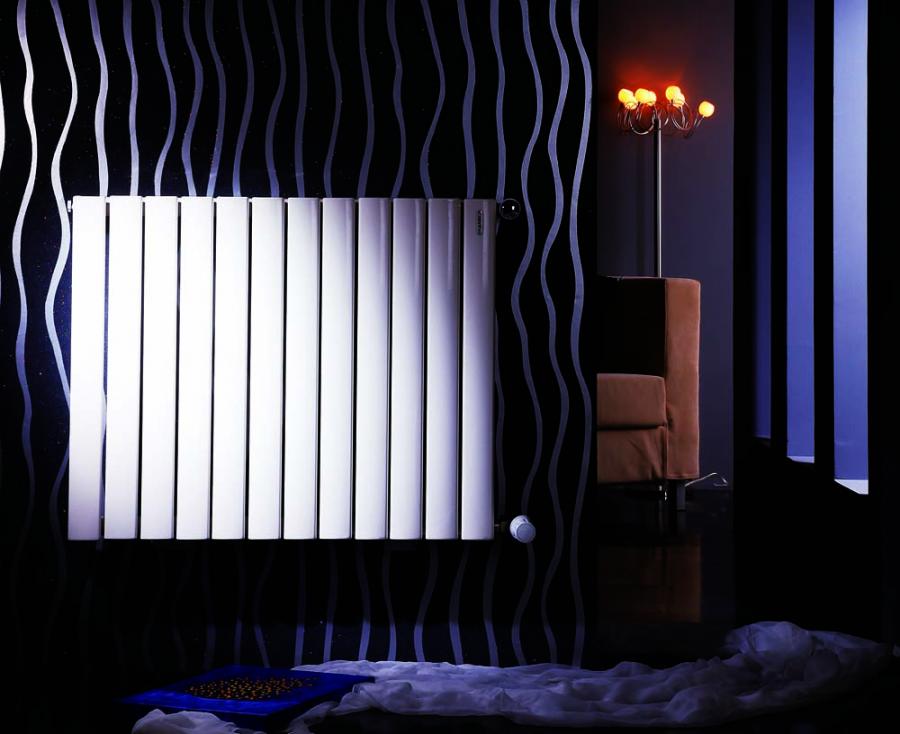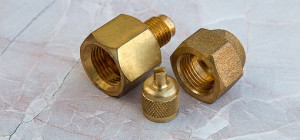 Choosing radiators for your home requires taking various factors into consideration. Size, energy efficiency, safety features, warranties and more will all affect your choice. Here’s a guide for you on how to choose the best electric radiators for your home.
Choosing radiators for your home requires taking various factors into consideration. Size, energy efficiency, safety features, warranties and more will all affect your choice. Here’s a guide for you on how to choose the best electric radiators for your home.
Size
The size and wattage of your electric radiator will depend on the size of the room and the quality of the installation. More powerful radiators use less power when a room reaches the right temperature. It is easy to choose electric radiators today that suit the style and aesthetics of your home.
Elegant contemporary electric radiator designs are slimline, which minimizes the degree to which they intrude in a room. Installing one in a small bathroom is possible to offer comfort and style. The latest designs often feature smooth surfaces and come in sleek white and other colors.
Best Electric Radiators, Haverland, Climastar and some other companies allow you to choose an electrical towel radiator with a thermostat that offers style and value for money. You will receive help in deciding on the right size to heat the room efficiently and the best color to suit your décor.
Energy efficiency
Electric radiators offer energy-saving benefits, unlike gas central heating systems that lose energy through pipes. You only need to heat the rooms you use, and you have full control over all the heating zones in your home. Each radiator has its own thermostat and controls, so you only use energy as you need. The more accurate the thermostat, the more efficiently the radiator will keep the desired heat level. Uneven temperature levels can cause a radiator to operate harder as it has to increase the temperature when it drops.
The fact that radiators are programmable means you can save energy. Some programmers allow you to set a customized heating schedule for each room. You can switch Wi-Fi programmable radiators on and off and reprogram them from anywhere.
Heating technology
All electric radiators are powered by electricity and distribute heat with a mixture of radiation and convection. They may use different heating elements which are always fully enclosed. Dry thermal elements offer quick and accurate heat management. They reach the desired temperature quickly and maintain it accurately. Radiators that use this technology tend to be slim and stylish.
Thermal fluid elements are specially formulated for heat retention and are an energy-efficient choice for larger rooms.
Dry stone elements produce a higher energy heat and are suitable for hard-to-heat areas like rooms with high ceilings or open-plan offices.
Eco credentials
Electric radiators don’t burn fuel, so they don’t produce carbon dioxide. They are, therefore, a carbon-neutral heating solution. However, mains electricity is often still generated by fossil-fuel burning power stations, so running off this electricity means they aren’t entirely carbon-free. However, choosing an energy-efficient heating system can help you reduce the amount of energy you use.
Look out for electric radiators with digital thermostats, programming and heat retentive elements as they are the most energy-efficient choice. Electric radiators are an obvious choice for heating if you use renewable sources of energy such as wind turbines or solar panels.
Safety features
Electric heaters do not have enclosed elements like electric radiators. Enclosed elements on a radiator offer more safety and prevent walls from blackening. The fact that electric radiators do not use fuel-burning elements or produce carbon dioxide makes them a safe choice.
You should always buy an electric radiator with a warranty. The length of the warranty is often an indication of its quality, so rather choose one with a longer warranty. Many electric radiators come with separate warranties for the body and the electronics. This is because the body should outlast the electronic components.
Electric radiators should have appropriate safety accreditation. For example, the CE mark shows that it meets the minimum safety standards required by European law.
Installation and maintenance
It is possible to do the DIY installation of a radiator. However, professional fitting is most economical when fitting a number of radiators and ensures it is done correctly. Installation does not require any plumbing work, so it isn’t that disruptive.
A major advantage of electric radiators is that they don’t need much maintenance. They don’t need bleeding, lose pressure or build up sediment. All you have to do is keep them clean.







